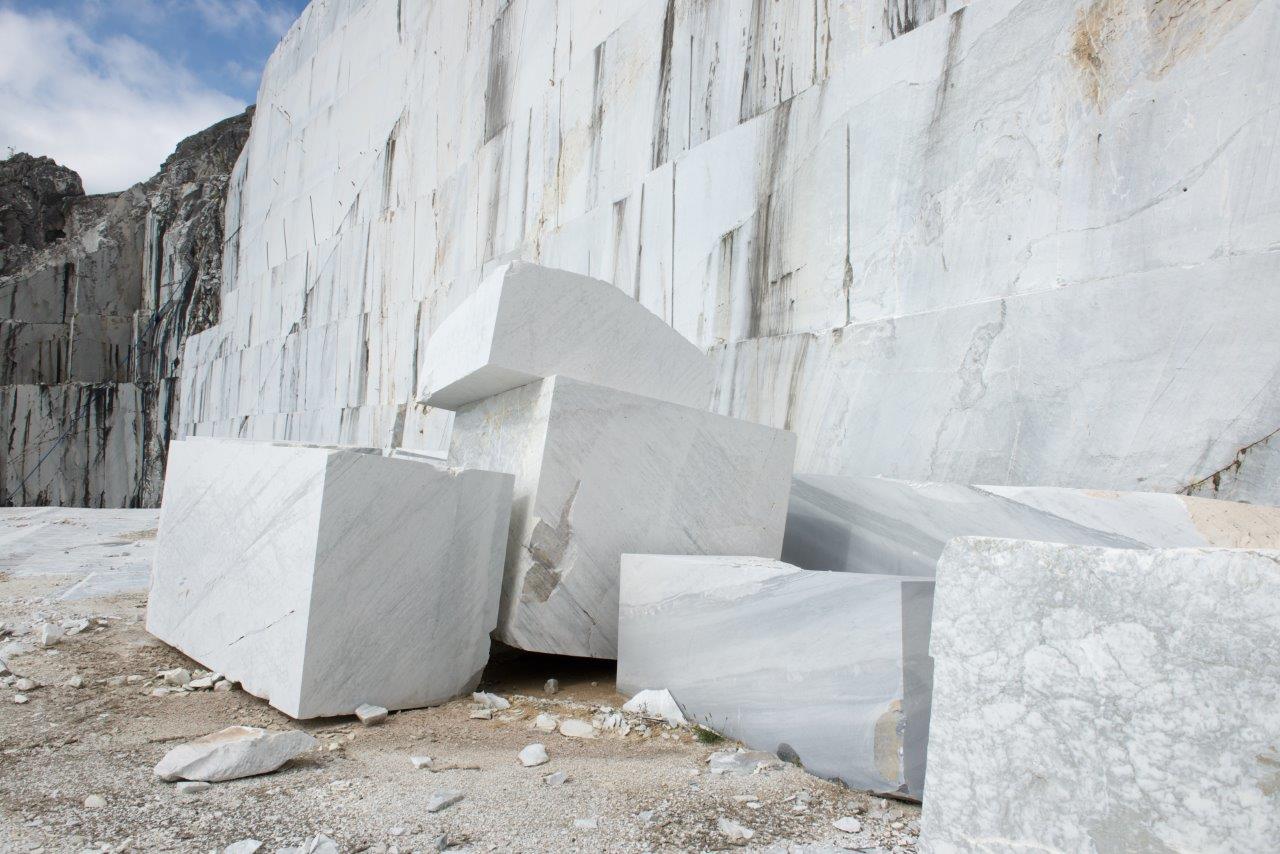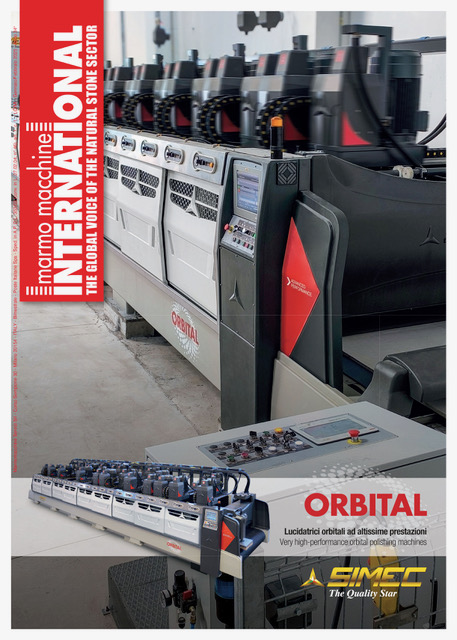The data issued by the CONFINDUSTRIA MARMOMACCHINE Studies Center for the first 5 months of 2023 show essential stability in the Italian stone industry’s exports, remaining on the record levels of 2022 and amounting to 827,3 million euros (with a miniscule dip of 0.1% from January to May last year).
We remind readers, in fact, that in 2022 Italy’s overall foreign sales of marbles, travertines, granites and natural stones in general – both raw and worked – had gained in value by 13.1% on an annual basis, reaching the historic peak of 2,131.8 million euros. It is also important to emphasize that the average price for Italian stone product exports in the first 5 months of the year was 962.26 euros per ton, up 11.6% from the same period the year before.
A disaggregated analysis of the data shows that in this first part of the year Italy’s stone exports consisted of raw materials – with sales reaching 154 million euros (+1.5% from January to May 2022) and of finished and semi-finished products – those with higher added value, accounting for more than 80% of the value of sector exports – which slid by just 0.5% to 673.3 million.

Raw exports were driven mainly by purchases by China – the top market for blocks of Italian marble – which in the first 5 months of 2023 were worth nearly 72 million euros (-2.1% from the previous year) as well as by India (+14.8%, second buyer with 20.1 million).
Where slabs and other finished products were concerned, the leading buyer was again the United States, which with 183.1 million accounted for more than a fourth of Italy’s foreign sales, although there was a slight decrease of 4.7% from 2022. Germany was in second place with 61.3 million (-10%), while France remained in third, with 45.6 million, up 5%. There was good news on the Swiss market (+2-7%, fourth with 41.6 million) and above all in the United Arab Emirates (fifth) whose purchase of Italian finished stone products grew by 50.3%, reaching worth of 28.3 million. Sales were stable to the United Kingdom (-0.2%, sixth with 23.6 million), while after heavy growth in recent years they decreased to Saudi Arabia (-13-7%, seventh with 23.5 million) and to Austria (-6.9%, eighth with 17.6 million). Finally, exports increased to two important non-European markets, Morocco (+23.3%, ninth with 15.7 million) and Australia (+8.5%, tenth with 15.1 million).




















Comments are closed.